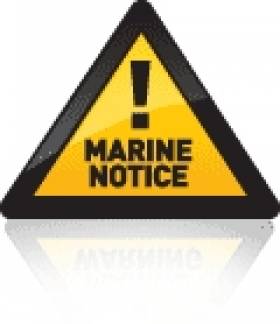Displaying items by tag: BBQ
BBQ on Board Can Pose A Danger from the 'Silent Killer'
#carbonmonoxideboats – Whether at home or on holiday, summer is BBQ time but they can pose a real risk of carbon monoxide poisoning if used in poorly ventilated or confined areas like inside a tent or the awning of a caravan. Timely advice comes from the UK's Building & Engineering Services Association (B&ES).
Too many families are still unaware of the carbon monoxide poisoning risks involved with taking lit or smouldering BBQs inside tents, awnings or caravans; barbecue charcoal can smoulder for hours after lighting and the remaining ash could also start a fire. Even at home, a BBQ used in a sheltered or confined area can pose a danger from the "silent killer." That's according to new advice just issued by the Building & Engineering Services Association (B&ES).
B&ES spokesman, Mark Oakes, comments, "Families going camping or caravanning in the coming months need to be aware that carbon monoxide can build up very quickly in enclosed spaces, such as tents and awnings, to levels that can kill. And with the sudden chill of evening they might be tempted to use the still burning coals of a BBQ for warmth, but this could prove fatal – BBQs should never be used or left inside tents or awnings once they have been lit. Even at home there can be a danger, for example taking a BBQ inside a garage or car port if it starts to rain.
"Carbon monoxide is an odourless, colourless, non-irritant gas. It is the most common cause of fatal poisoning in the UK, with 40 people each year being killed by it and hundreds more made seriously ill. Although most incidents happen in the home there is a risk from exposure in holiday accommodation, caravans, motor homes, tents and boats as these often use fuel burning appliances in what can be a poorly ventilated area. Wherever you are using a BBQ, follow these essential safety guidelines:
Never take a smouldering or lit BBQ into a tent, caravan or cabin. Even if you have finished cooking, your BBQ should remain outside as it will still give off fumes for some hours after use.
BBQs need to be lit with the correct lighter fuel and placed in a position where the fire does not spread to wooden fences, sheds or conifers.
Never use a BBQ inside to keep you warm.
Never leave a lit BBQ unattended or while sleeping.
Place your cooking area well away from your tent. Always ensure there is an adequate supply of fresh air in the area where the BBQ is being used.
Always take a portable, battery operated CO alarm away with you on holiday – they can be purchased for as little as €15.

























































